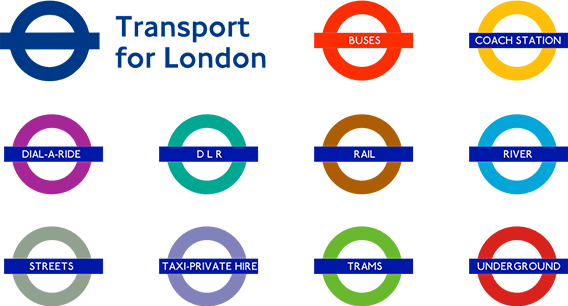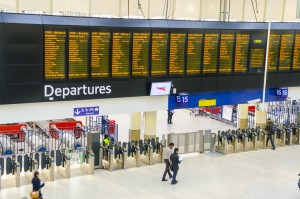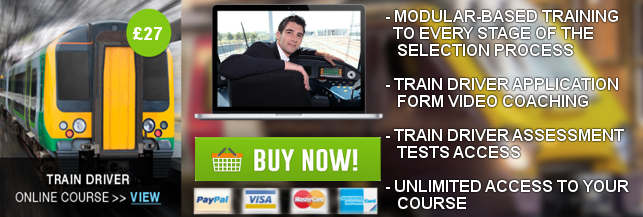Category Archives: Uncategorized
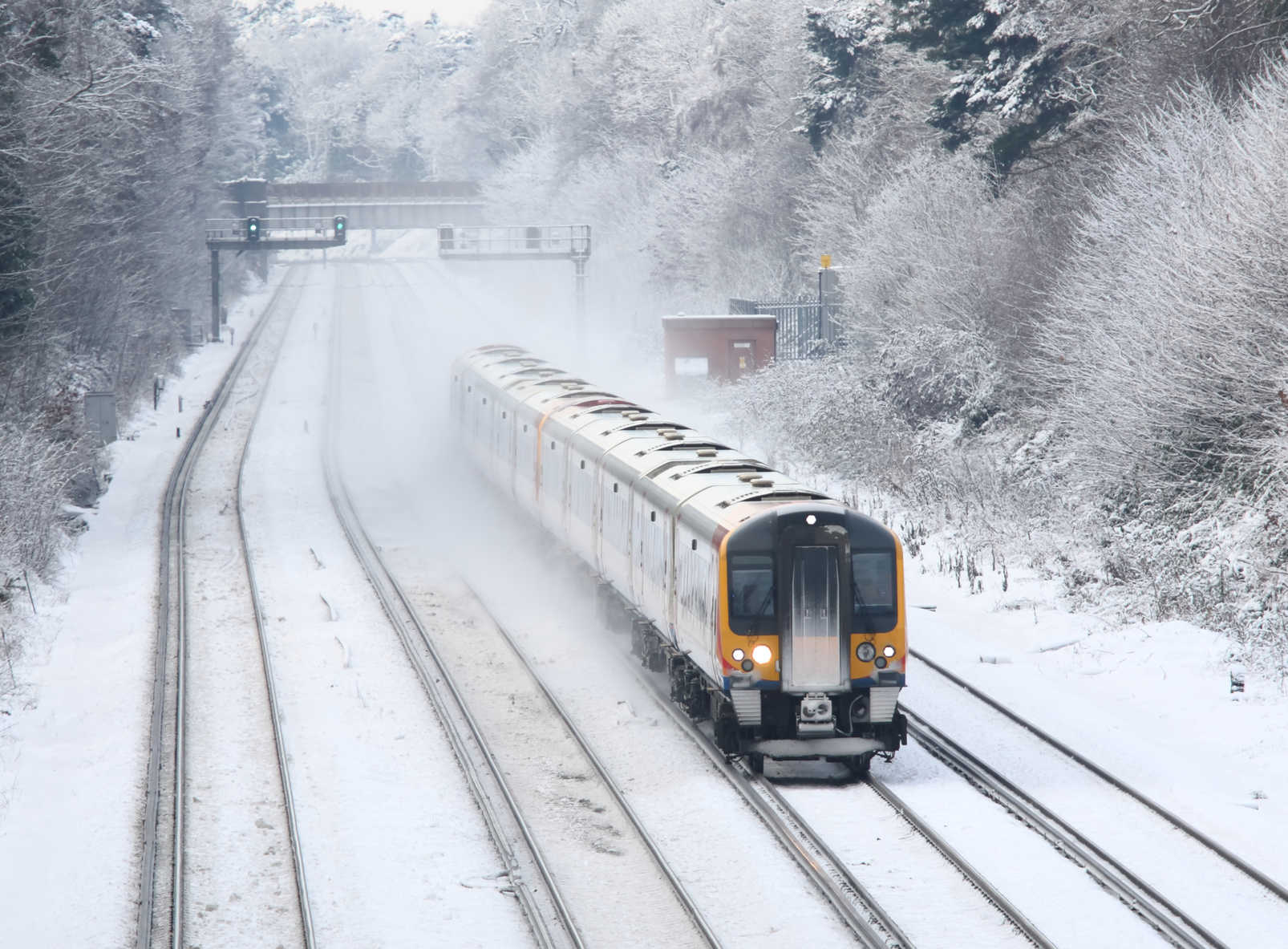
A new survey conducted by the Rail Delivery Group, has uncovered some startling new statistics about rail travel in Britain.
Primarily, the survey shows that rail passengers in the UK made just over 1.7 billion train journeys during the past year. The South-East alone, and London, accounted for 1.2 billion of this. As a result of this, passenger generated revenue in the UK grew to a staggering level of £9.3 billion from 2015-16.
What has the reaction been to the Rail Delivery Group statistics?
Surprisingly, Union leaders have been extremely critical in the wake of the Rail delivery group survey. It is time for the train companies to give revenue back. Many Union leaders feel that train companies are taking all of the credit when things go right, but hanging their employees out to dry when it goes wrong; when the reality is that it’s the other way round.
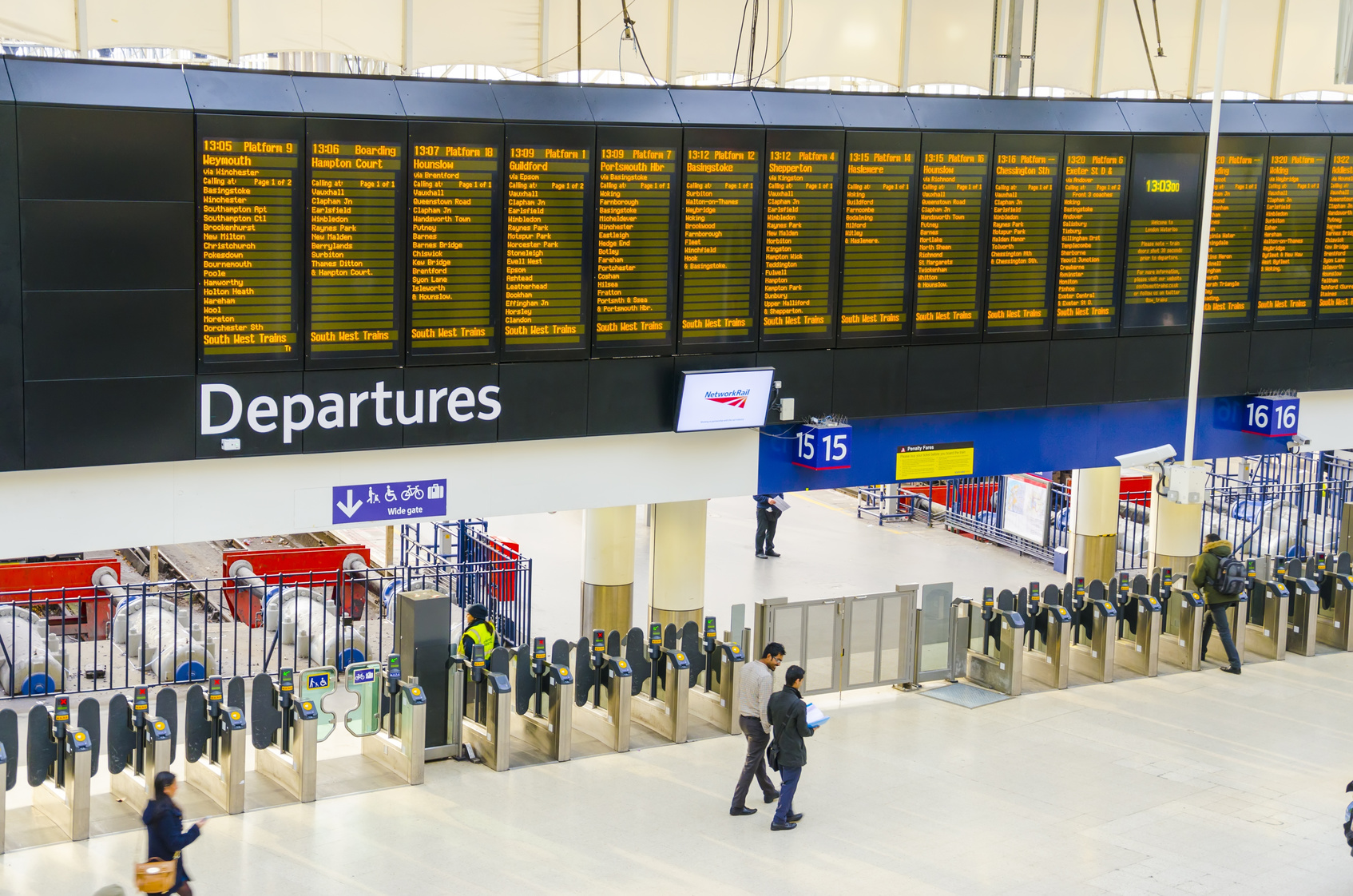
So, what’s the problem?
All in all, however, the general consensus has been that it’s essential for train companies to invest the passenger revenue coming in; and make long term plans to cope with such enormous demand. It’s clear that train travel is becoming more and more popular for British citizens. The Rail Delivery Group survey has shown that long distance routes in particular are shown to be progressing at a rapid pace, with an increase of 3.3% in long distance routes taken by passengers this year. The problem with this is that it all comes at a hair-raising price. Overcrowding forces many passengers to stand, because trains are unreliable. Meanwhile, the rail bosses who rake in the income from the passengers themselves, are simply lining their pockets. They aren’t putting the money back into a faltering service, and this is unacceptable.
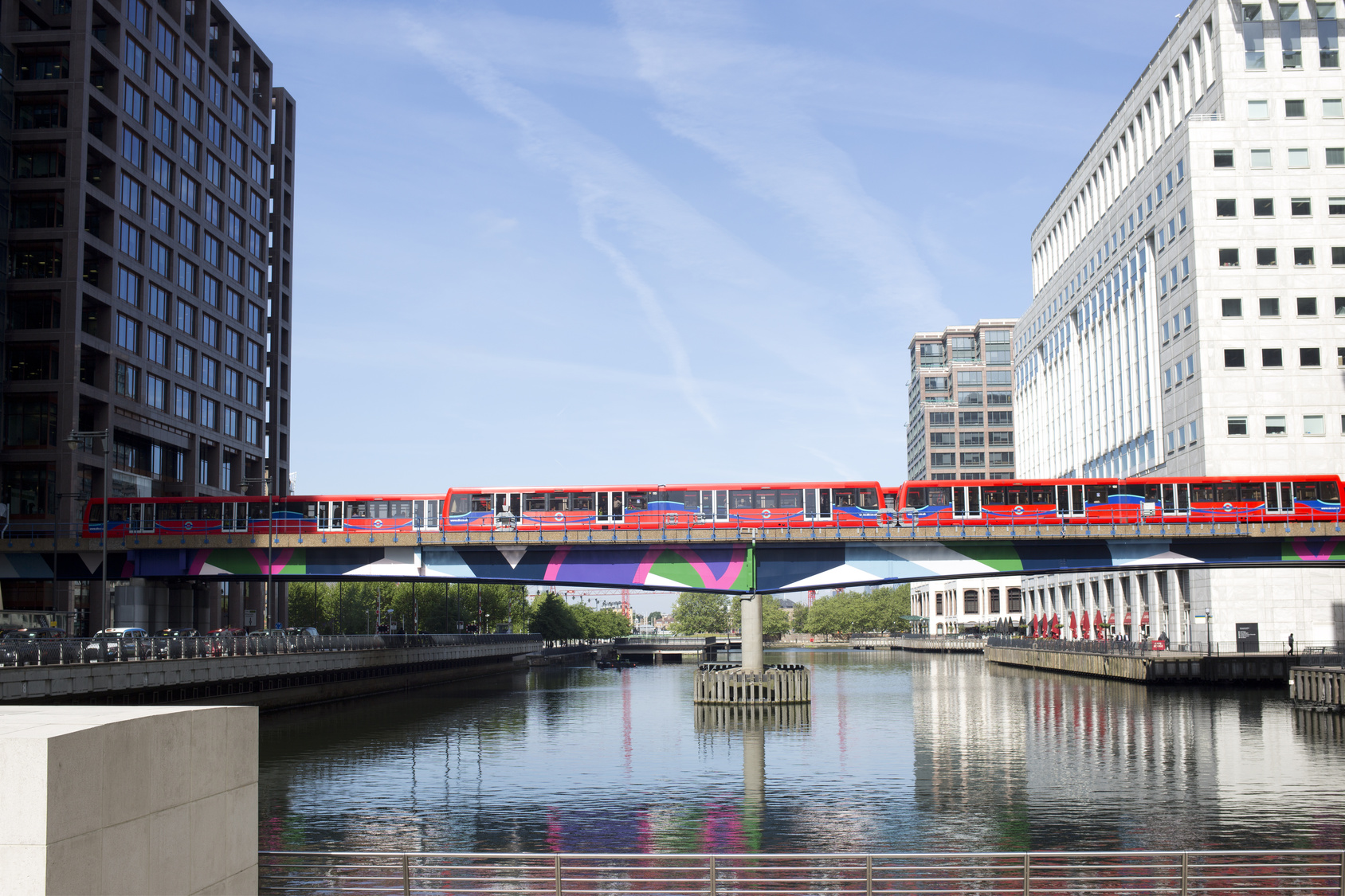
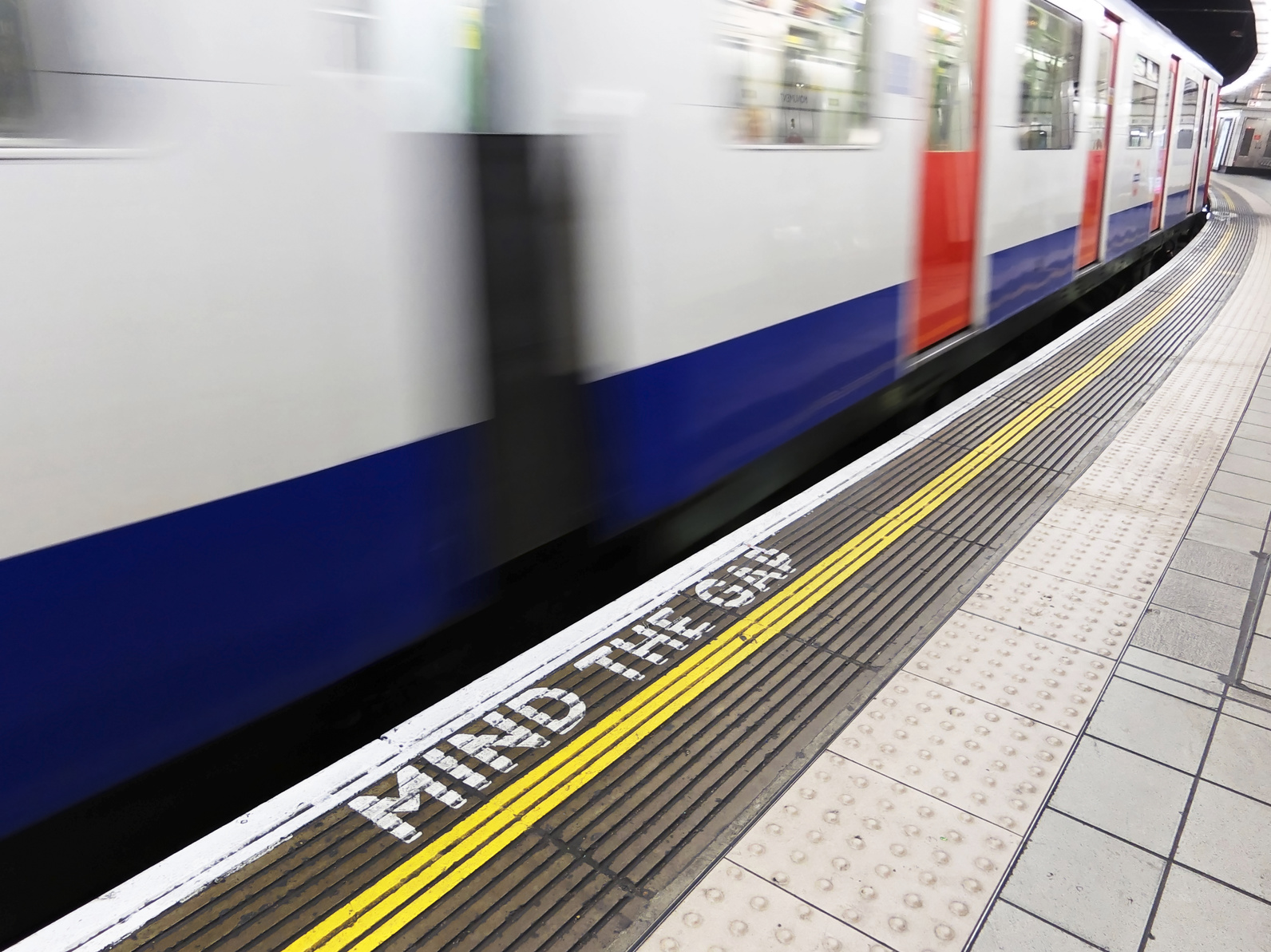
One of the most important areas when applying to become a train driver, is the application form. An application form is a way for Train Operating Companies (TOCs) to filter out unsuitable candidates from their selection process. The application form is a huge hurdle for candidates to overcome, and you would be surprised by the sheer number that are rejected at this stage of the process. In this blog, we’ll provide you with a thorough overview of the train driver application form, and give you some top tips on how to pass.
What does the Train Driver Application form assess?
The train driver application form is a way for TOCs to narrow down the competition for their role. The purpose of the form is to determine whether you meet a) the eligibility criteria and b) the TOC values and expectations. Thus, you must be familiar with both of these aspects before applying. If you cannot demonstrate the key criteria for the role, then you will be rejected. For a detailed overview of these requirements, check out our blog on the Train Driver Eligibility Criteria.
Things to remember before filling in the Train Driver Application form
Before we look into the questions that the form will ask, there are some key things you need to remember before filling in the form. These are as follows:
- Use the correct ink colour. This might seem incredibly trivial, but it’s actually fundamental to your train driver application form success. Every year, a large group of candidates are rejected by TOCs, simply because they failed to follow the simplest of instructions. If the form asks you to complete the questions in black ink, then DO SO. Similarly, if the form asks you to complete the questions in blue ink, then DO SO. You might think that ink colour has nothing to do with driving trains, but it’s about following simple instructions. If you cannot follow simple commands such as this, it’s unlikely you’ll be suitable for driving a train.
- Read the entire form first. Again, this might seem trivial, but it’s a mistake that many people make. A failure to do this could lead to mistakes, which will result in you being rejected from the process. The competition for train driver roles is incredibly fierce. This means that the assessors are essentially looking for any excuse to remove you from the process, and therefore ‘trivial’ errors will count against you.
- Grammar, spelling and punctuation. This goes without saying. Whether you are completing the criteria based questions or filling in your personal details – grammar, spelling and punctuation is key. When working as a train driver, your attention to detail will be absolutely critical. You cannot do this job without having an ability to work carefully and precisely. This will be mirrored in the way that you fill in the application form. Think about what this says to the assessor. If you received an application form that was full of errors, was badly written and hadn’t been proofread, what impression would you have of the candidate? Would you think that this was someone who puts care and effort into their work? The answer is no, you wouldn’t, so don’t give this impression to the interviewers. When you have finished writing your form, make sure you give it a friend or member of your family to check over at least 2 or 3 times, before posting.
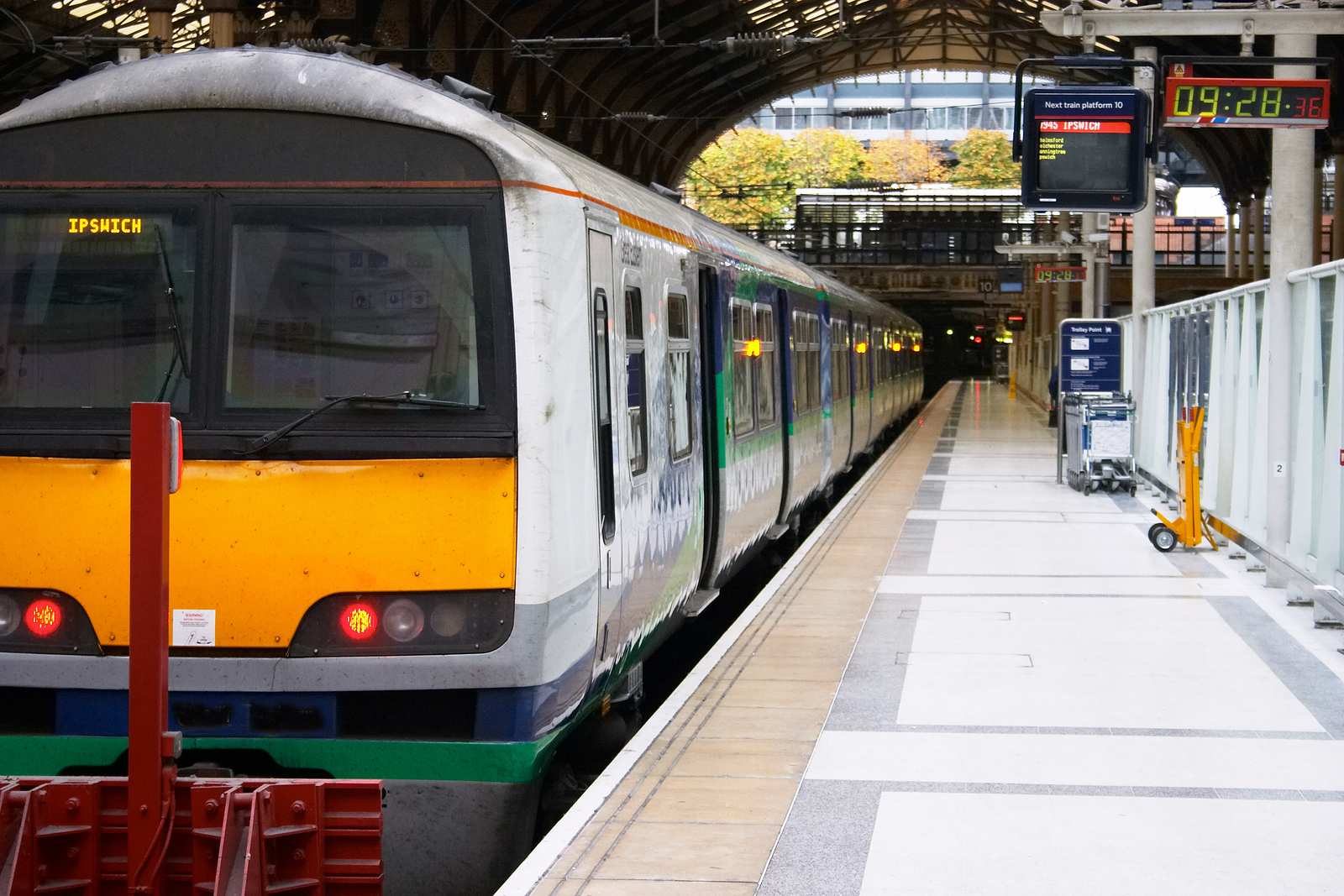
Train Driver Application Form Questions
On your application form, you will need to complete a series of questions that are based around your knowledge and expertise. These questions are integral to your success, and are generally the most important part of the application form. Regardless of whether you have met the eligibility criteria, filled the form in correctly and read it over carefully, you will not progress to the next stage if you fail to answer these questions correctly. They will make or break your application, so you need to get them right!
How to answer
When applying for any job, you will need to meet two different categories in order to be successful. These are the essential criteria, and desirable criteria. You will generally find these criteria listed in the job description of the role that you are applying for. So make sure you read the personal profile carefully. Below we have briefly laid out what both of these mean:
Essential criteria refers to the core qualities that you will need in order to qualify for the role. Essential criteria are non-negotiable – if you cannot demonstrate them then you will fail.
Desirable criteria refers to the qualities that, while not-essential, will add weight to your application. These criteria will gain you extra marks!
So, how can you incorporate these criteria into your response? Take a look at our sample question, and then compare your response with our sample answer below:
Q. “Please tell us why you’re applying for this position, and what knowledge, experience or skills you have that might be relevant”.
Sample Response:
“I am applying for the position of trainee train driver, because I believe that I am the ideal candidate for the role. I am someone who absolutely loves working in customer-focused roles. As such, I believe that I would make an excellent train driver. I am more than happy to relocate within 30 minutes of the depot if the need should require. My research has shown me that your company is constantly improving, and growing at a phenomenal rate. This is extremely exciting, and I would love the chance to come aboard. I really believe that the enthusiasm, motivation and commitment I could bring to your team, would be extremely beneficial.
In terms of experience, I have worked in a customer service based position for several years now. This has taught me a range of useful things, but none more so than communication and safety skills. Along with working as an established member of a customer services team, I also spent a significant period of time working in the RAF. I worked in the service for 5 years, whereby I learned the value of discipline, timekeeping and working as a team member.
As you will see from my application, I have high level qualifications in English, Maths and Physics. I’ve also gained 2 separate Health and Safety qualifications, whilst working in a customer service position and in the RAF.
I’m someone who tries to keep himself in shape at all times. I make sure I visit the gym at least three times a week, as well as playing football every Sunday for my local team.
To add to these strengths, I have a wealth of experience of working long hours, and am extremely flexible. Whenever you need me to work, I’m ready and available.
Overall, I would say that I am a highly professional, trustworthy, reliable and hardworking individual, with fantastic attention to detail. I believe I would make an excellent addition to your team, and I hope that you’ll consider my application.”
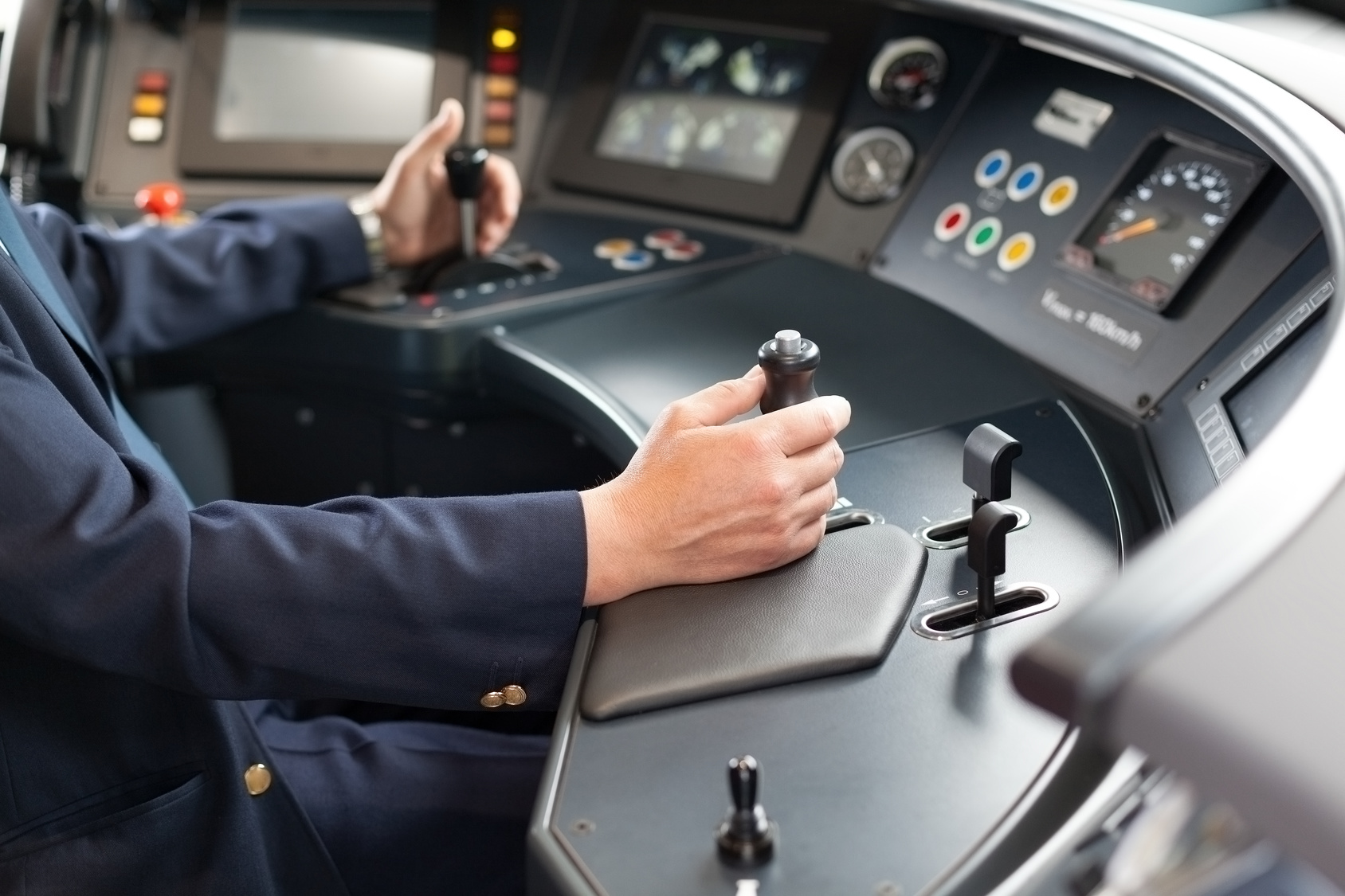

Recent figures collected by a railway gender diversity survey, have drawn up some alarming results. The results show that less than 2 in every 10 railway employees are female. ‘Women In Rail’ conducted the survey. Women In Rail are a pro female train drivers support group,. They say the results are indicative of the fact that railway standards need to change. We decided to do some investigating…
What do the results show about female train drivers?
Along with the statistic that less than 2 in every 10 railway employees are female, the results show a breakdown of individual roles within the rail industry. They show that overall, male employees dominate certain sectors, in particular engineering, manufacturing and driving roles. Britain has the lowest number of female engineers in all of Europe, with just 6% in general, and only 4% of these working in the rail industry. This statistic also extends to drivers, where just 4% of drivers are female, and only 1.5% of freight drivers in the UK are female.
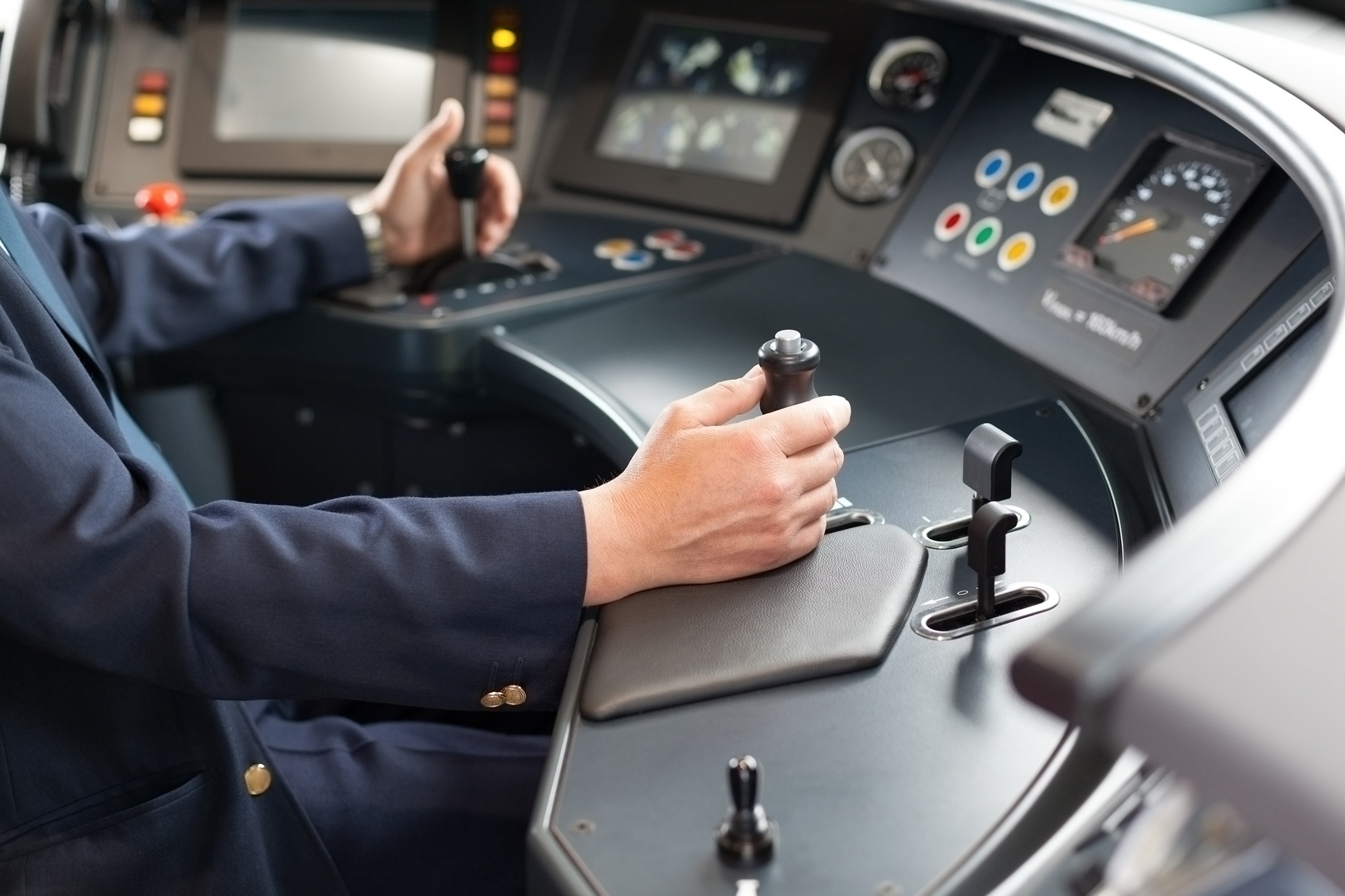
Where are women employed?
For the most part, women in the rail industry are employed within customer service roles, such as working as conductors/guards, customer service and catering/retail. Respondents to the survey have argued that this is stereotypical and sexist. While women are stereotypically seen as more caring or welcoming than men, this doesn’t mean that they are incapable of performing other roles just as effectively. Similarly, men are equally capable of performing in the same roles as women.
Does this mean the rail industry is sexist?
There are a number of answers to this question. Firstly, it would be unfair to label the rail industry outwardly sexist. The reason is partly down to the fact that there just aren’t many women applying for the roles. The government are working on a more active strategy for attracting women to the roles. Results also show that only 10% of female rail employees have risen to middle management roles. A staggering 0.6% have reached director level or higher. This seemingly indicates that there is an issue with male domination in the rail industry, and this is something the rail industry will need to work on if they wish to progress, and enhance their reputation.

Last month, TfL (Transport for London) made the game changing announcement that all South London rail services will be brought under their control. In this blog, we’ll investigate the pros and cons of this move, and what it means for South London based rail travellers.
What are the plans to reform South London Trains?
The plans mean that TfL will take control of all South London based trains that run underground, and also those that run over ground. This will take places in various stages, as currently running contracts with private train operators expire. The ultimate plan is for TfL to take control of all Greater and South London Trains, followed by SouthEastern in 2018 and then Southern and Great Northern in 2021.
What do the plans mean?
In essence, TfL are seeking to renationalise the railways. In our eyes, this can only be a good thing for passengers. There are a number of reasons for this:
Firstly, there is the question of fares. While customers cannot expect to see too much of a dip in prices, part of the problem with British rail travel is that so many of the major train operating companies are owned by private entities; who can simply charge as much for their services as they like. Constant rail fare increases, coupled with an increasingly unreliable service, have led to a growing anger from passengers over the years. TfL is aiming to change this.
Secondly, there are the journeys themselves. TfL have promised a shake up and improvement to passenger journeys, and expect to increase the rate of London stations receiving trains by over 67%. This will include services from the likes of Waterloo, Moorgate and Victoria.
TfL have a history of making improvements to services such as this. In 2007, they took over the London Overground service from Watford to Croydon, resulting in a rise of passenger numbers of over 80%.
Reaction to the plans
The decisions have been largely welcomed by the majority of people. Mayor Boris Johnson, who has been campaigning for TfL to take control of other rail companies for the past two years, has labelled the move ‘a massive breakthrough’. However, Boris has also urged caution, and not to expect ‘immediate changes’ to a hugely flawed rail system. Likewise, other consumer based groups have welcomed the move, claiming that they are ‘looking forward to receiving the same service that London Overground customers receive’.
Products You Will Be Interested In
If you want to work for TfL then you’re in luck! We’ve got the ULTIMATE resource for anyone looking to join London’s premier transport organisation. Make sure you check out our online TfL recruitment guide!

A recent story to hit the headlines came from Swindon, and Great Western Railway. There has been some controversy over new plans from Great Western to put drivers in charge of operating train doors. Largely opposed by Unions, the debate over the plans rolls on. We decided to investigate and explore the ramifications of such a move.
What are the Great Western Railway proposals?
The proposals laid out by Great Western are to remove the safety trained guard on board high speed trains from Swindon, giving the train driver control of opening and closing the doors. This has been enforced not only to save money in the long term, as it is felt that train guards are an unnecessary expenditure, but also to give the driver more control of what is going on his/her vehicle.
The pros
So, what are the positives of this move? Contrary to Union belief, there are large numbers of people in favour of the move. Firstly, it is a great cost-cutting tool. While the opening and closing of doors is extremely important for the efficient running of trains, it is not that difficult a job. It is just as simple for a driver, who has already stopped the train by this point, to stick his head out of the window and look down the row of carriages; to see when it’s appropriate to open or close the doors. With a rise in fare dodgers, train companies need to make smart business decisions in order to stay afloat. Cutting unnecessary costs will go a long way to doing this.
Secondly, it is argued that these proposals give the driver more control of his/her vehicle. While many Unions have argued against this, there are a good number of drivers who are happy with these changes. Drivers welcome the chance to take on new challenges and responsibilities, and many seem very pleased to have the extra task of looking after their customers. Customer service is integral to train drivers, and this is one task that will allow drivers to get more involved in this.

The cons
As mentioned, there has been staunch opposition to the plans, in particular from Unions. The first argument that Union leaders have made is that the proposed changes could lead to serious safety issues. Their argument is that Train Drivers need to pay 100% of their attention on driving the train. By giving them the added responsibility of monitoring the doors, you are risking the safety of passengers. The reason the guards are so effective is because they are specifically trained in this area, and the costs that will be offset by cutting their responsibilities, will only be added again by training drivers.
The second argument against the proposals is again to do with safety. On top of the extra responsibilities, unions have warned that it is fundamental for both the drivers and passengers that there is a guard or conductor on board trains, to assist in the event of emergency. This is particularly important in the event that a driver is rendered incapable or incapacitated. With more and more passengers using the railway system, the need for staff is more important than ever. Instead, Great Western are cutting them. This will ultimately damage customer service, lead to a loss in profits and damage the reputation of Great Western.

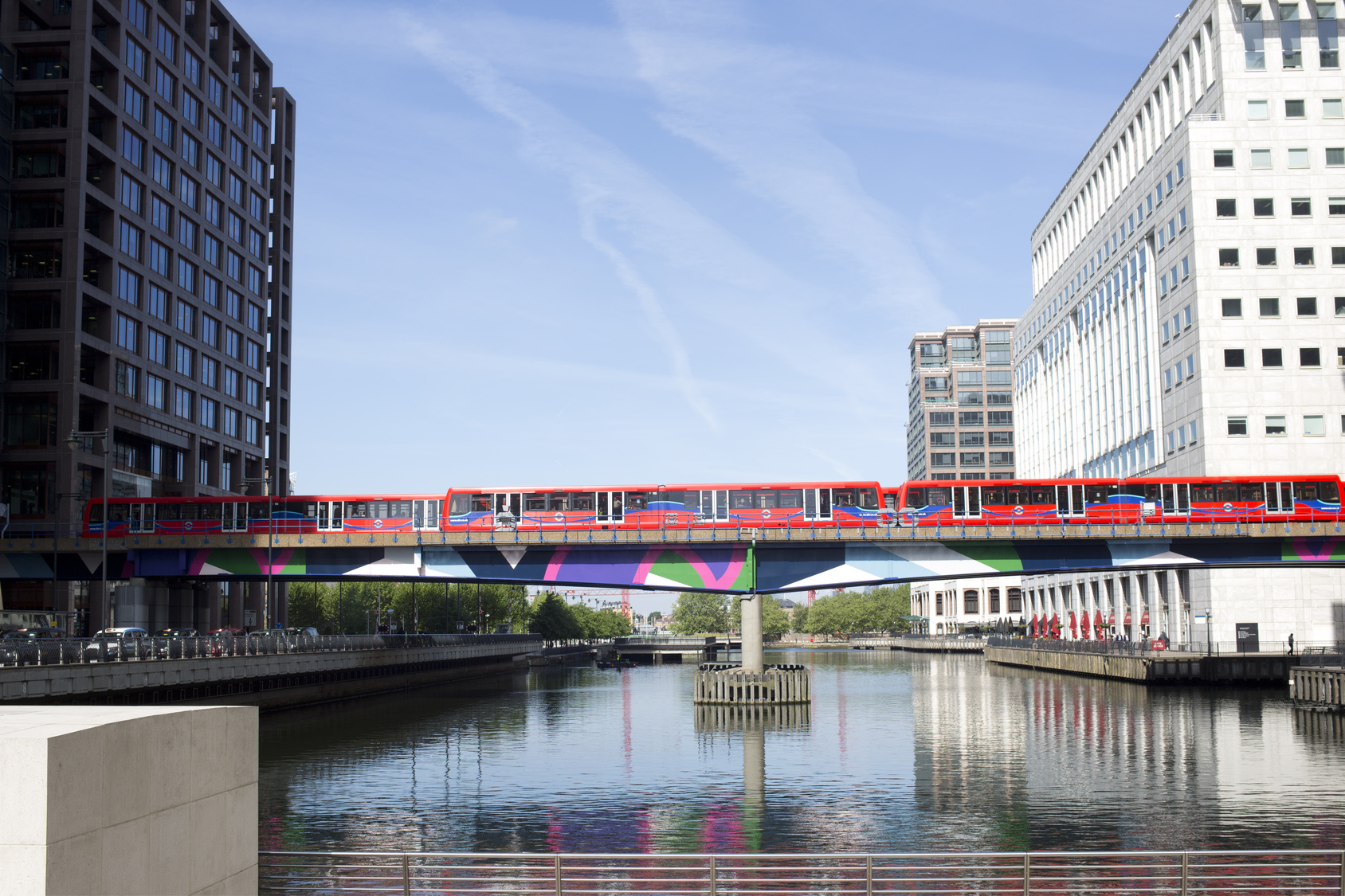
Train Drivers are a very elite and selective group of people, and the process of joining this group is extremely difficult to achieve. Due to the nature and responsibility of the role, you must be able to exhibit a number of essential core qualities throughout the selection process, in order to be successful. In total, there are 3 central commandments/core qualities that you must follow. In this blog, we’ll show you what these train driver careers commandments are, and give you some top tips on how you can demonstrate them to the assessors!
What do we mean by train driver careers core qualities?
In simple terms, the core qualities refer to the fundamental behavioural aspects that train drivers will need in order to a) gain a position as a train driver b) be successful in the role. These qualities are particularly important when it comes to train driving, as health and safety is such a huge factor. The TOC that you are applying for needs to be certain that you right person for the role.
So, what are the 3 commandments of good train driving? Let’s take a closer look.
Thou Shalt Pay Attention To Detail
Attention to detail is extremely important for train drivers, particularly in regards to health and safety. Train drivers need to be aware of hazards on the track, and must be capable of noticing small and important details. Furthermore, you need to have an extensive knowledge of your route, in order to deliver passengers to their destination. The selection process will test you on your ability to spot key information, in a short space of time. You’ll also be expected to recall times when you have used your attention to detail during the application form questions, and during the interview.
Thou Shalt Care About The Customer
The next quality is customer service. It goes without saying that this is essential, as TOCs could not survive without the customers that they serve. As a train driver, you need to keep customer service and health and safety in mind at all times when driving trains. This extends to behaviour such as making important announcements, opening and closing the doors, and updating/apologising to customers for delays. In order to successfully become a train driver, it is not enough to simply know what good customer service is. You have to demonstrate that you really care about the customers and providing them with the best value for money. You have to demonstrate that you know everything about the role to the best of your ability, and have gone the extra mile to do so. Customer service extends to your ability to do your job to a fantastic standard.
Thou Shalt Concentrate
Along with attention to detail, concentration is one of the key mental aspects that all train drivers need to have. One of the hardest things about the role is the fact that you will be expected to concentrate for such lengthy periods of time. Concentrating as a train driver is not the same as any other job either. It means really concentrating, being completely focused on the track/signals/the cabin to make sure that things are running smoothly. The lives of your passengers could depend on this, so it’s imperative that you are someone who can concentrate fully on the task at hand.
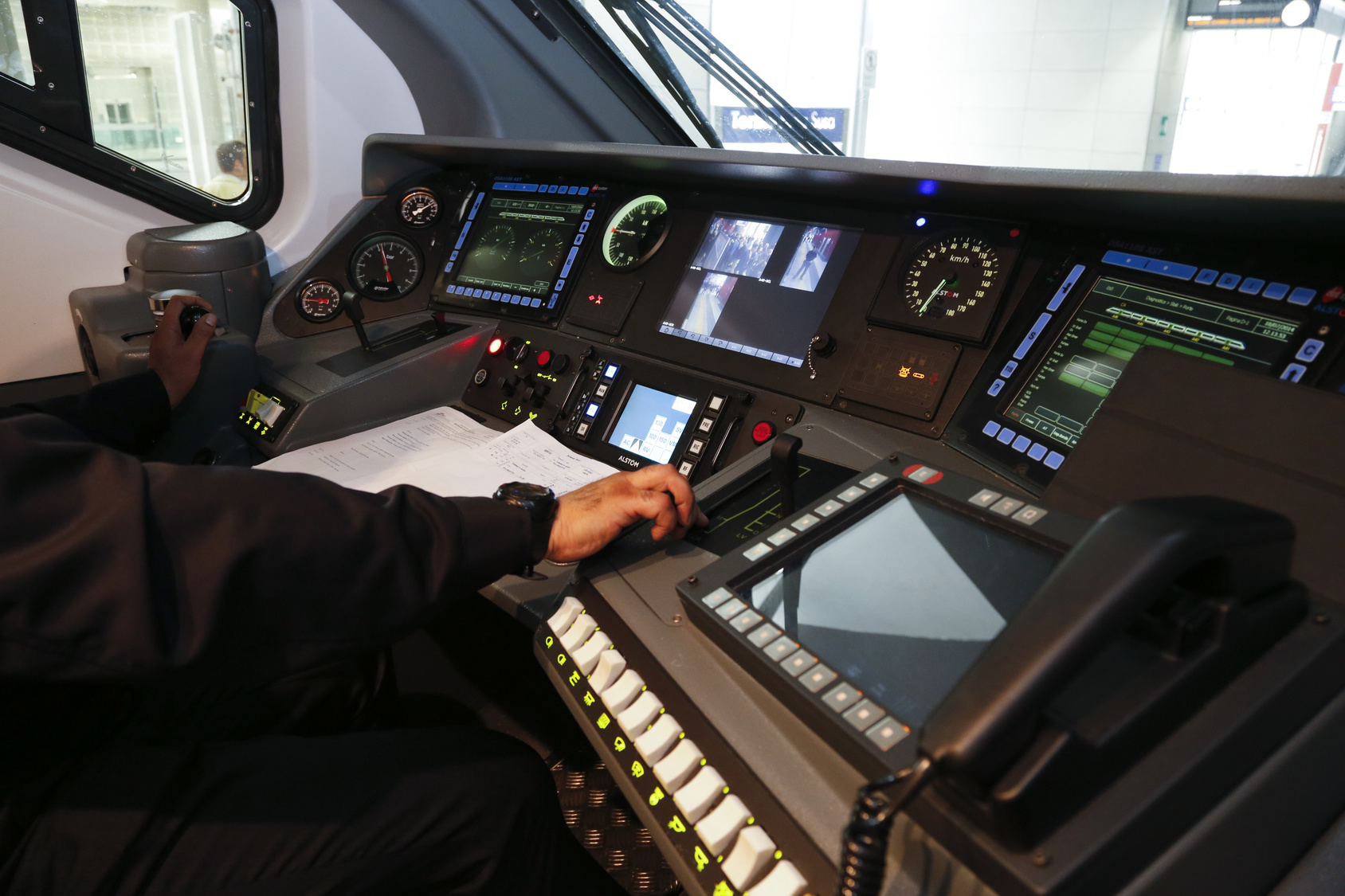
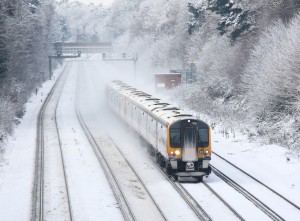
Train Driving is an extremely difficult job, a fact which is often lost on the general public. Train Drivers hold huge amounts of daily responsibility, and undergo huge amounts of mental and physical strain in order to do their job effectively. What this means is that in order to become a Train Driver, you will need to meet a range of train driver requirements. In this blog, we’ll examine the Train Driver requirements/eligibility criteria, and give you some tips on how you can make sure that you meet them.
Train Driver Requirements
Before we begin, it’s important to note the following: the eligibility criteria will generally depend on the TOC that you are applying for. This means that some TOCs will have differing requirements for their candidates than others. The list we have provided you with is based on general expectation, and not that of any 1 particular TOC. You should check your train driver requirements with the TOC that you are applying to before completing any application forms.
Education:
The majority of employers will now look for their train drivers to demonstrate that they have achieved C+ grades in GCSE Maths and GCSE English. Mechanical or electrical knowledge will also prove to be extremely useful. While these educational requirements are not set in stone, remember that you will be competing against a huge number of people for this role, and therefore it stands to reason that many of them will have grades and achievements that gain them extra points. For this reason, along with the assessment centre tests, it is extremely useful to have high grades.
Age:
Generally, the minimum age requirement for train drivers is that they are 18 or over. There are some TOCs who require their drivers to be 21+.
Medical requirements:
Medical requirements are extremely important to TOCs, for health and safety reasons. In order to become a train driver, you’ll have to pass a range of medical and fitness checks, including eye tests, hearing, drug and alcohol screening. The requirements are generally as follows:
Height:
You must be between 5 foot 4 and 6 foot 4.
Hearing:
You must have normal hearing, with no more than 30 decibels hearing loss in either ear. This needs to be met without a hearing aid. Candidates who use a hearing aid will not be disqualified, but will need to show that they can meet these standards without the hearing aid in.
Previous conditions:
You must not have a history of any of the following: co-ordination problems, mobility issues, epilepsy, blacks or loss of balance. You will also have diabetes and blood pressure tests in order to ensure that you have no underlying medical conditions.
Eyesight:
You must have distance vision of at least 6/9 or 6/12, in your weakest eye. Certain TOCs will not allow contact lenses, but others will. Colour blindness will also hinder your chances of success.
Alcohol and drug use:
All TOCs will screen their drivers for illegal drug use and the presence of alcohol. Train Drivers must not be under the influence of substances, such as alcohol, whilst working.
To learn about the TfL train driver requirements, visit their official website!
I’m afraid that I’ve come over all “Bill Oddie” after yesterday, having spent the day on our suburban lines.
A combination of the good weather and slower trains meant that I got to see some of the wildlife that makes it’s home along the verges of the railway. Chief amongst these is the urban fox. Normally I don’t much care for them as I don’t consider them as noble as their rural cousins. Somehow I can’t believe that ransacking people’s bins for leftovers is an honest way to earn a living. However, on this particular day they were at leisure and variously playing with their cubs in the cess or just lounging around sunning themselves (including one particularly bold individual lazing on the platform at Highams Park in the middle of the day).
Unfortunately, the day was not a complete oasis of tranquility, as there were two springs that I evidently weren’t watching closely enough. I was just leaving Liverpool Street when the spring that I thought was pushing the rubber door stop onto the floor decided it needed a break and allowed the cab door to swing in towards me. As it wasn’t something that I’d expected to happen it caught me a little off-guard and, as an impulse, I stuck my hand out to stop it slamming shut on me. However, in doing so I must have momentarily released the DSD allowing the spring to break the circuit. Being as I was driving a Class 315 at the time, it had me in an instant as the brakes jammed on hard. So, there I was stuck like a lemon half in and half out of Liverpool Street station and blocking up all the trains on that side while waiting for the two minute time-out to expire so that I could get the brakes off and be on my way. I felt so embarrassed that I just wanted the ground to open up and swallow me.
All of this was quite enough for one day, so I was glad that I’d already finished by the time that torrential rain hit. It apparently caused a fair bit of chaos because the line flooded at various points. In the meantime, I was having my own problems trying to find a parking space in the shallow end of Tesco’s car park.
Well, it’s been an unusual day for me today. The job I was on today required me to travel as a passenger on almost as many trains as I had to drive. However, the sun was out and I was in a good mood, so everything went swimmingly. Perhaps it was the weather that put everyone in a better mood than normal and made them better disposed towards everyone else, as more people were seen to be smiling and taking the time to stop and talk. I even had a few “thank you’s”.
The first train I worked was what I jokingly call “the school bus”, as it is used heavily by children on their way home from school. They had obviously invented a little game to see who was the bravest and could stay off the train the longest at each stop without getting left behind. They must have had a great deal of practice, as they evidently knew exactly how long the door hustle alarms sound for before the doors themselves start to close. No matter how far they had strayed from the train when I made to close the doors, they always managed to get back on.
Of course, when the weather’s hot we begin to feel the heat. Driving around with the windows open can be tricky, as it makes the cab very noisy. Two trips like that and I realised that the hearing in my left ear had been temporarily deadened. It wasn’t a problem when in the train as I could still hear all the cab systems, but it became noticeable the moment I sat down in a quiet spot for a break (although everything returned to normal within a few minutes). So, it was cab vent only after that. These are generally brilliant when you’re belting along, but they have no filters on them. Consequently anything that gets scooped up from the outside is spat straight into the cab. It is for this reason that they are sometimes referred to as “wasp dispensers”. Wasps weren’t my problem today, but midges were. Each time I swatted one another would appear as if by magic. On the return trip, I made sure I kept everything closed so that at least one cab remained a mozzie-free haven. Thankfully by then the evening was beginning to cool down. Now that’s what I call dispensing the unpleasantries!
I’ve been quite a busy bunny of late. I have now “signed” all the routes with the exception of Cambridge , and have been back out driving again. As promised, I have been enjoying a much more varied workload, with trips out to Stratford , Ilford and Hertford East. I do still get the occasional Airport turn, but it’s no longer my staple work.
Of course, being back in the cab means that I’ve been directly involved with the fun and games that have been going on. By far the most amusing incident involved an emergency speed restriction that has been put in on the ‘Down’ Suburban line at Bethnal Green station. Once Network Rail knew that it was required, it should have been a simple matter of putting out the relevant lineside signs on each line, but oh no. What started off as a single board facing the wrong way on the ‘Down’ Main soon escalated into a farce of huge proportions.
When I called it in to the signaller, he informed me that he’d already been told and that someone was going out to sort it. Sure enough, as I left London I saw a track worker doing the honours. I did feel a little sorry for him as I went by, as he was stranded out in the middle of a six track stretch of line with trains whizzing by on all sides. I don’t suppose that it helped that me on the ‘Down’ Suburban and an Anglia driver on the ‘Down’ Main both whistled him up at exactly the same time while another train approached in the other direction along the ‘Up’ Suburban. For the lack of anywhere better to stand, he just flattened himself against the boards he was adjusting and hoped for the best. Even though he was obscuring them, I wasn’t sure that he hadn’t made matters worse by turning all three boards on that post around. As I passed by the same spot again almost two hours later I could see that this was exactly what had happened, so I called it in for a second time. The signaller was incredulous and sounded not a little pissed off with the news, but I had no idea why. I only learned yesterday that the reason for this was that it had taken six attempts to get these boards facing the right way, and even then this only happened because they sent out a different bloke at the sixth attempt.
That’s not to say that I’ve been above such matters myself. I almost had a stand-up row with the signaller on the Harlow workstation because I had convinced myself that I had the wrong headcode. He was right of course, but I was out of his area before I’d realised my mistake. I blame the 5am start and the similarity between the “6” on my outbound headcode and the “9” on my return trip, so skipped ahead to the headcode of my next working. What a twit…!! I’ve not heard anything more about it, so I presume he had a laugh about it with his colleagues but did nothing more about it.







